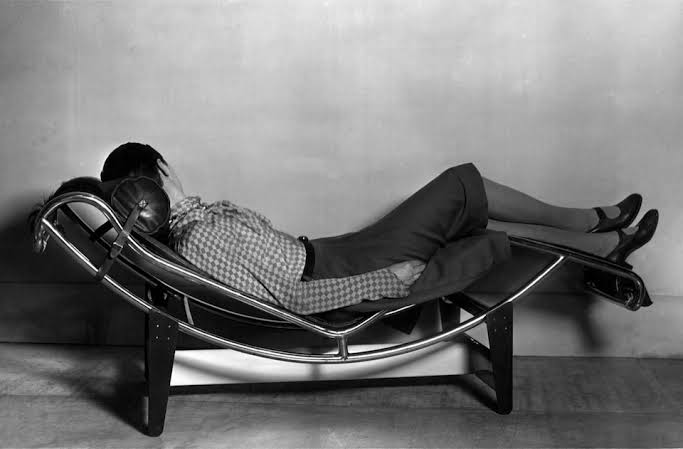How did Eileen Gray’s "Dragons" armchair shatter records to become the most expensive 20th-century furniture piece, fetching $28 million at auction?
Eileen Gray, an Irish architect and furniture designer, is celebrated as one of the pioneers of modern design and a key figure in the early 20th-century avant-garde movement. Born in 1878, Gray initially studied painting before turning her attention to design, eventually establishing herself as a groundbreaking designer of furniture and interiors.

One of Eileen Gray's most famous designs, the "Dragons" armchair, made headlines in 2009 when it sold for a staggering $28 million at a Christie's auction, setting a record for a 20th-century piece of furniture. Crafted between 1917 and 1919, the chair features intricate lacquer work and dragon motifs, blending Gray’s unique mix of Art Deco and modernist influences. The sale highlighted Gray’s enduring impact on the design world, with her work continuing to captivate collectors and enthusiasts alike.

Another famous creations from her is the E-1027 Table. It was not only innovative for its form but also for its multifunctionality, showcasing her belief that furniture should adapt to the needs of its users. Gray designed this table for her lover, the French poet Jean Badovici, and it became a centerpiece of her celebrated Villa E-1027 in the south of France. Gray was also a master of materials, often combining metal, glass, and wood to create sleek, modern pieces. Her Bibendum Chair, inspired by the Michelin Man, is another iconic design that exemplifies her playful yet sophisticated approach.
![]()
One of Eileen Gray’s most renowned works is Villa E-1027, a modernist masterpiece she designed on the French Riviera between 1926 and 1929. The villa reflected Gray's vision of functional, elegant living spaces that blended seamlessly with their environment.

Interestingly, Le Corbusier, a fellow modernist, became fascinated with the villa and spent significant time there, even painting murals on its walls—much to Gray’s frustration, as she felt the murals disrupted her minimalist design. In a twist of fate, Le Corbusier passed away while swimming near Villa E-1027 in 1965, adding another layer of history to the iconic home.

Despite facing significant gender biases in her career, Gray persevered and gained recognition, becoming a sought-after designer in her own right. Her work has continued to inspire contemporary designers and remains influential in discussions about gender equality in the design world. Eileen Gray’s legacy lives on as a testament to her creativity, innovation, and ability to challenge conventions, proving that great design knows no gender.








